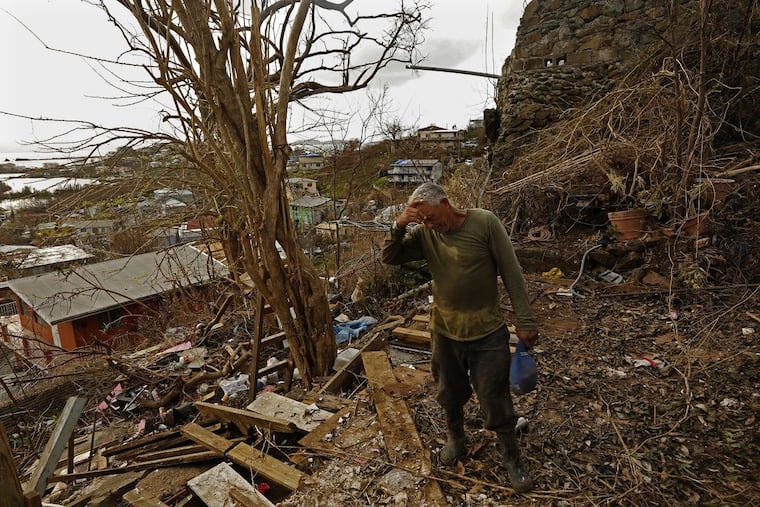A faint, post-hurricane cry from tiny island of St. John: We are here
For almost 48 harrowing hours after the eye of Irma passed, there was virtually no communication with Coral Bay, the more isolated of St. John's two communities.

For almost 48 harrowing hours after the eye of Irma passed, there was virtually no communication with Coral Bay, the more isolated of St. John's two communities.
